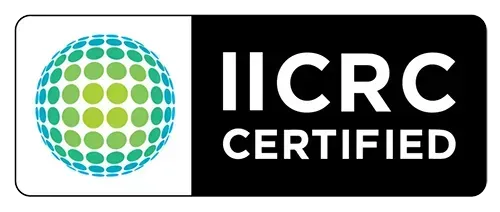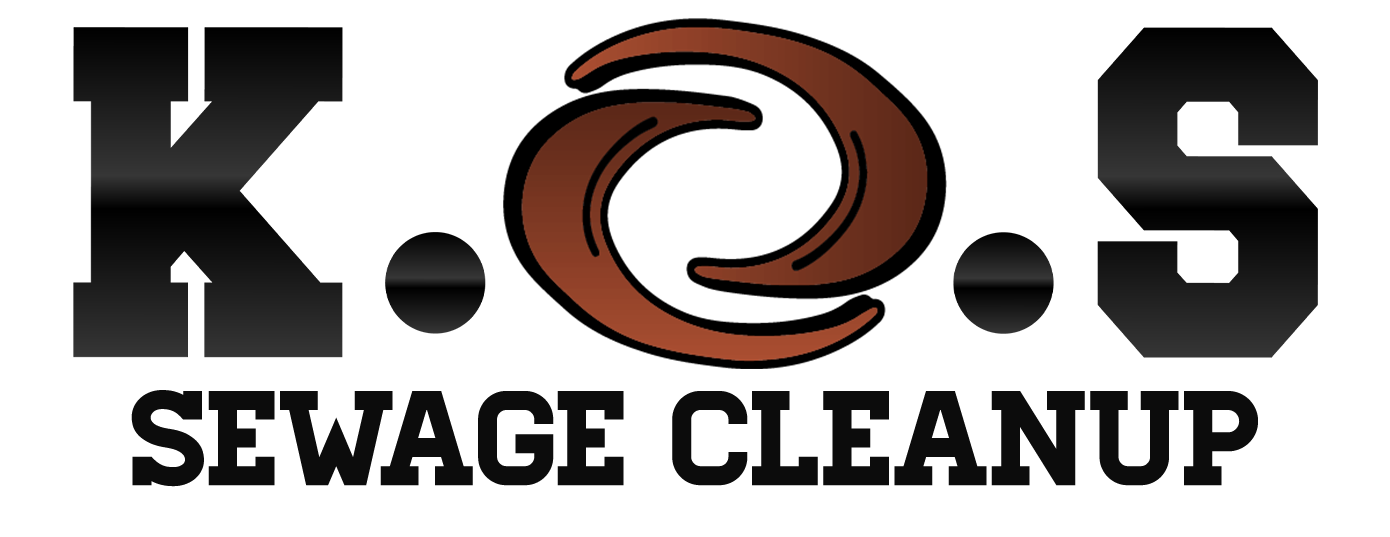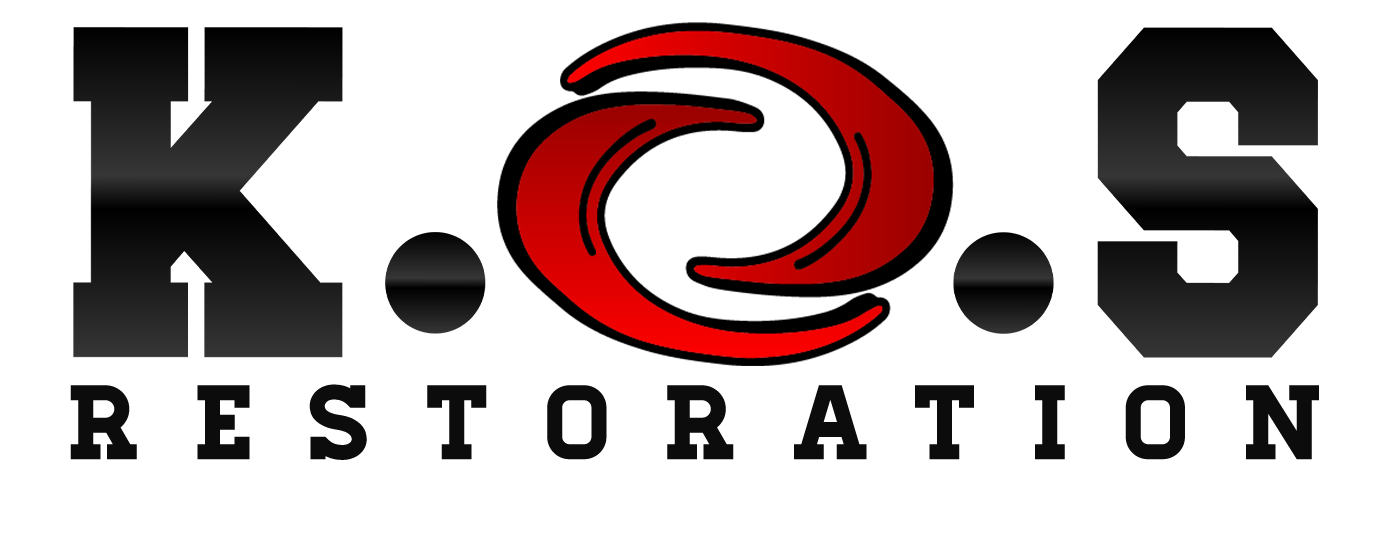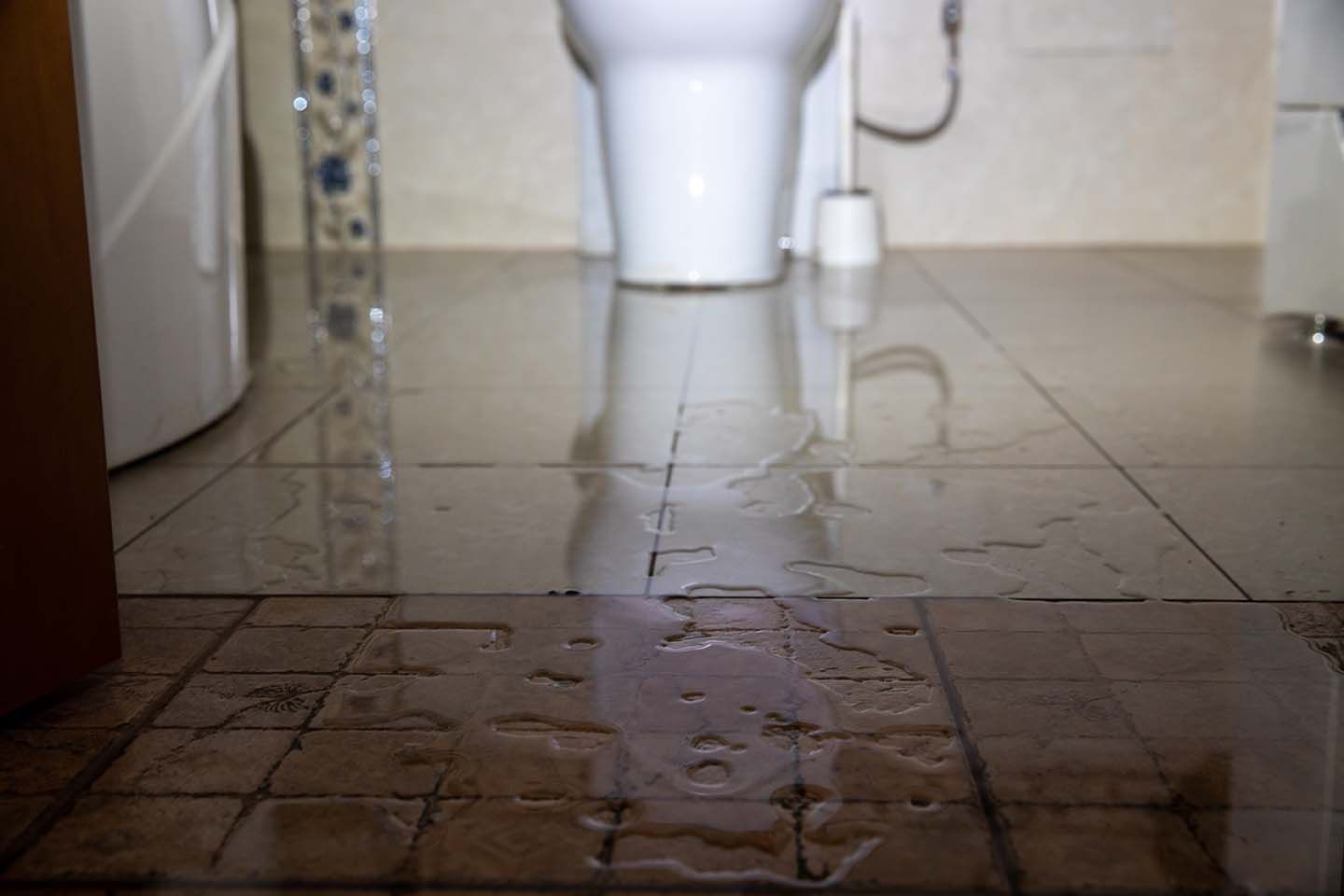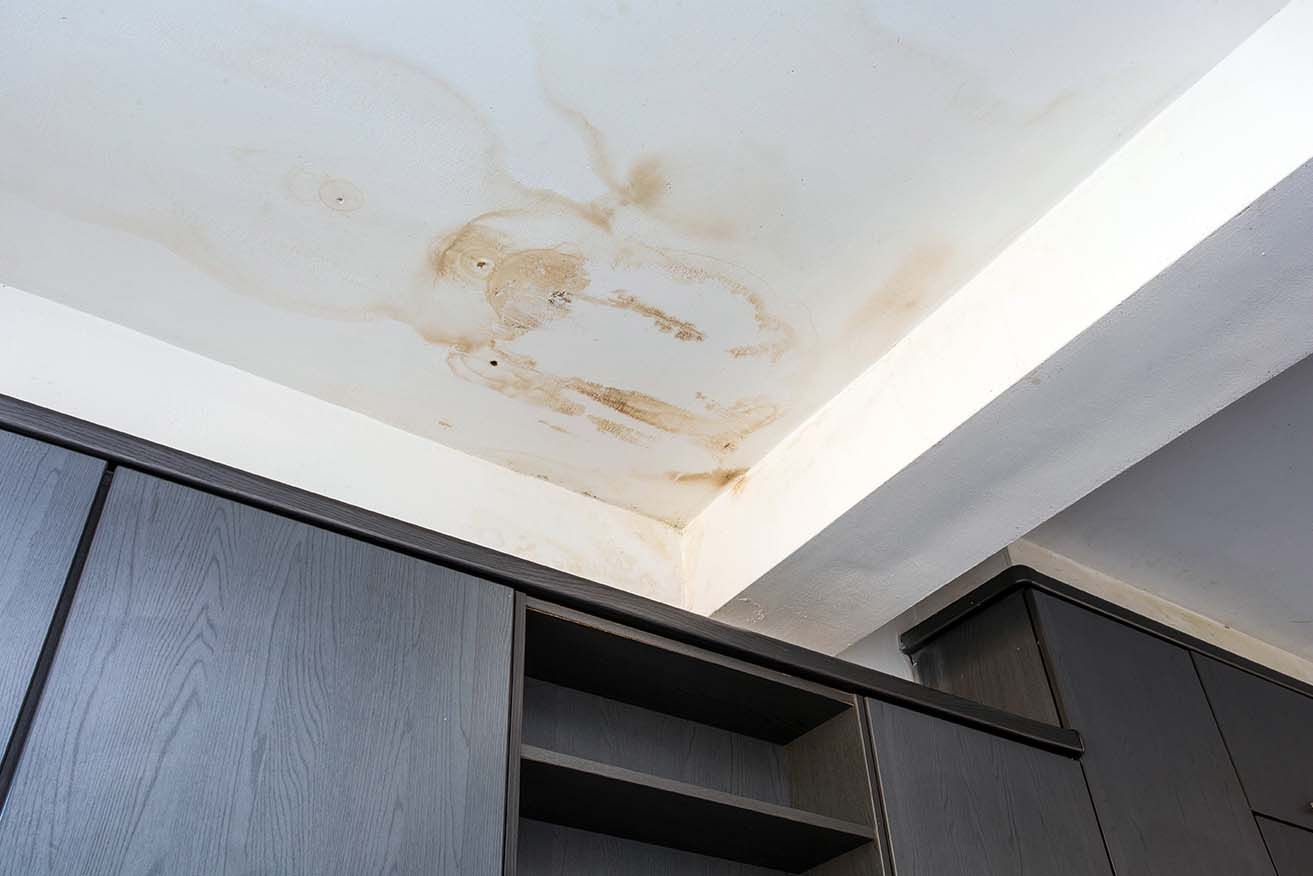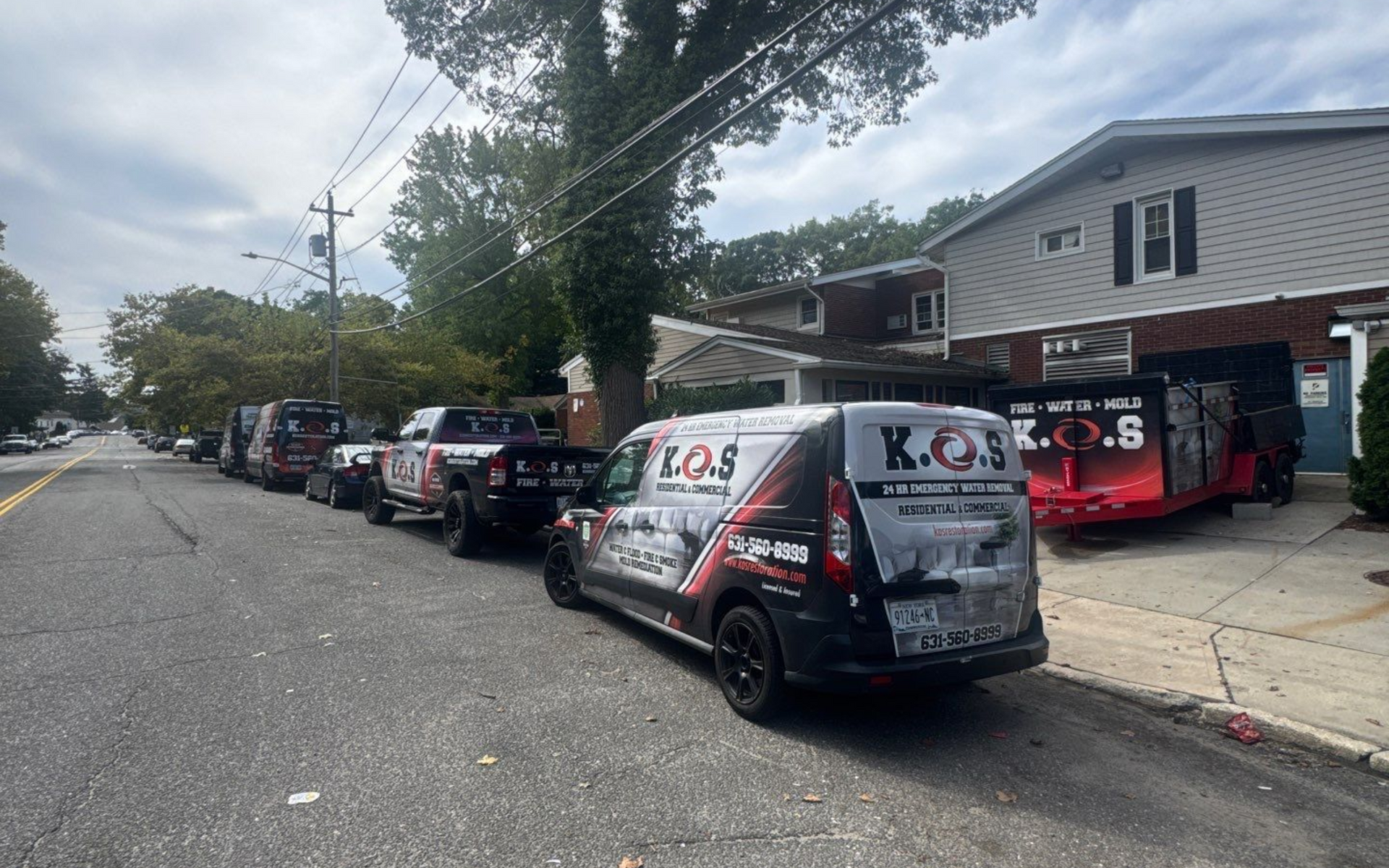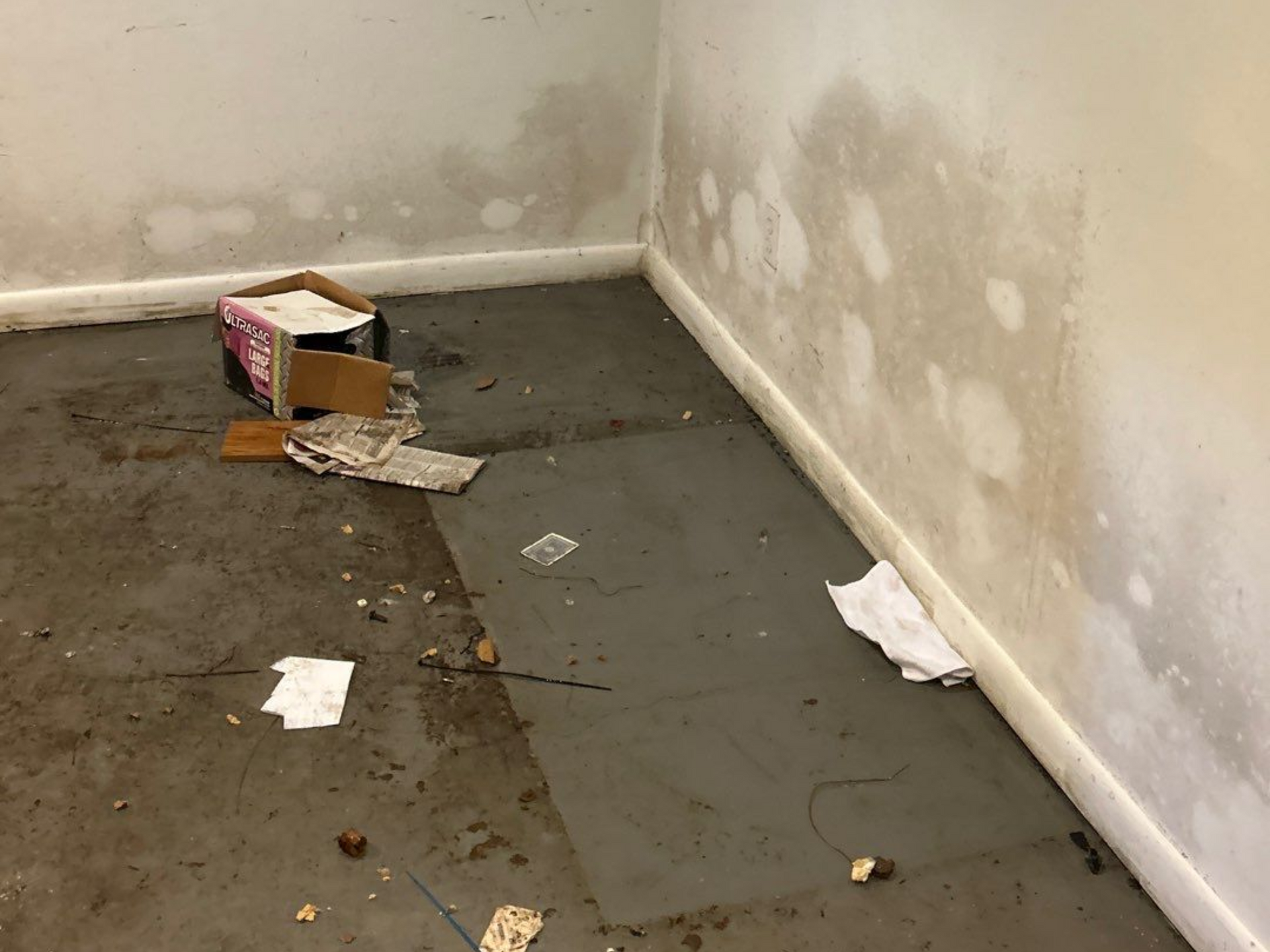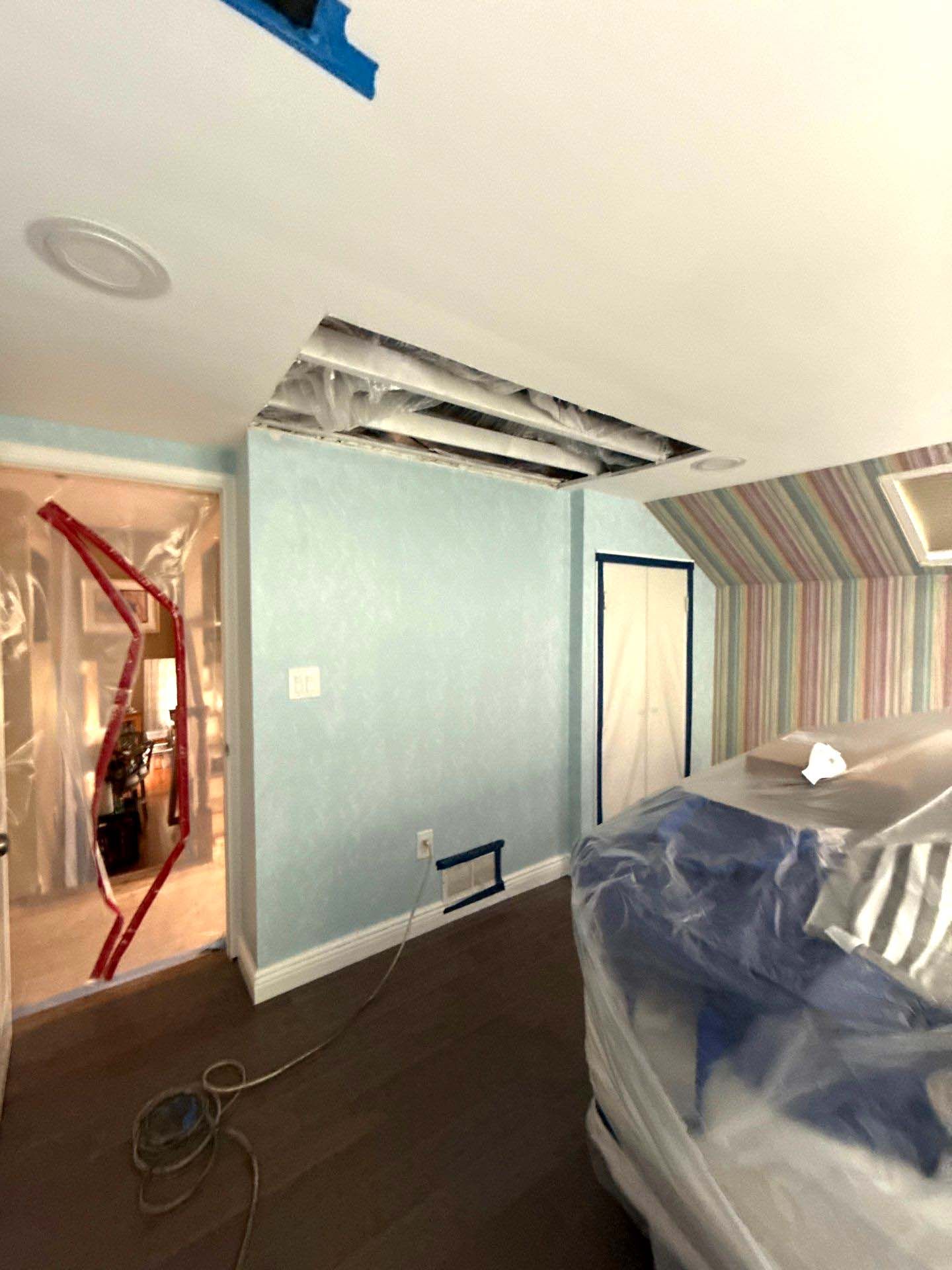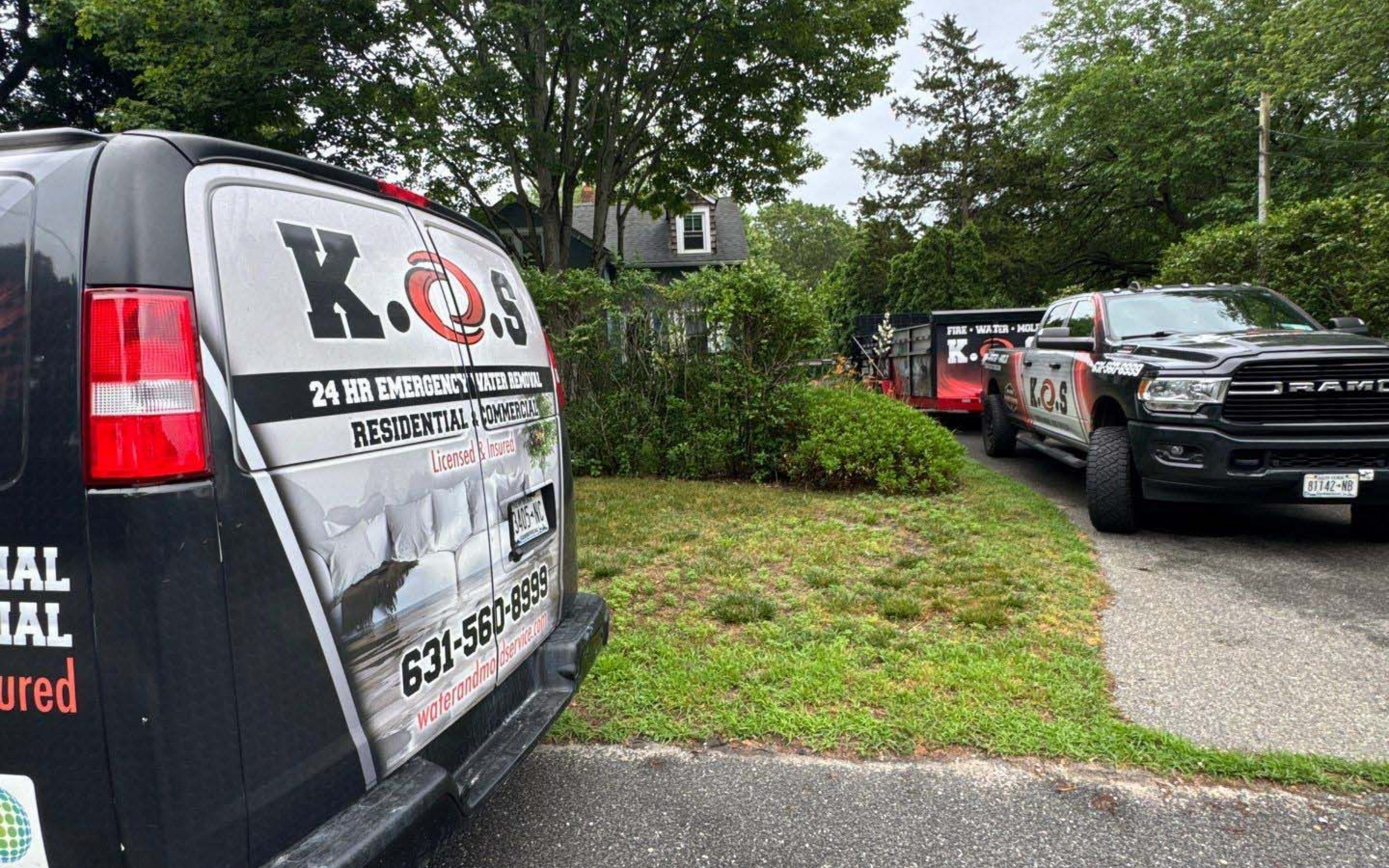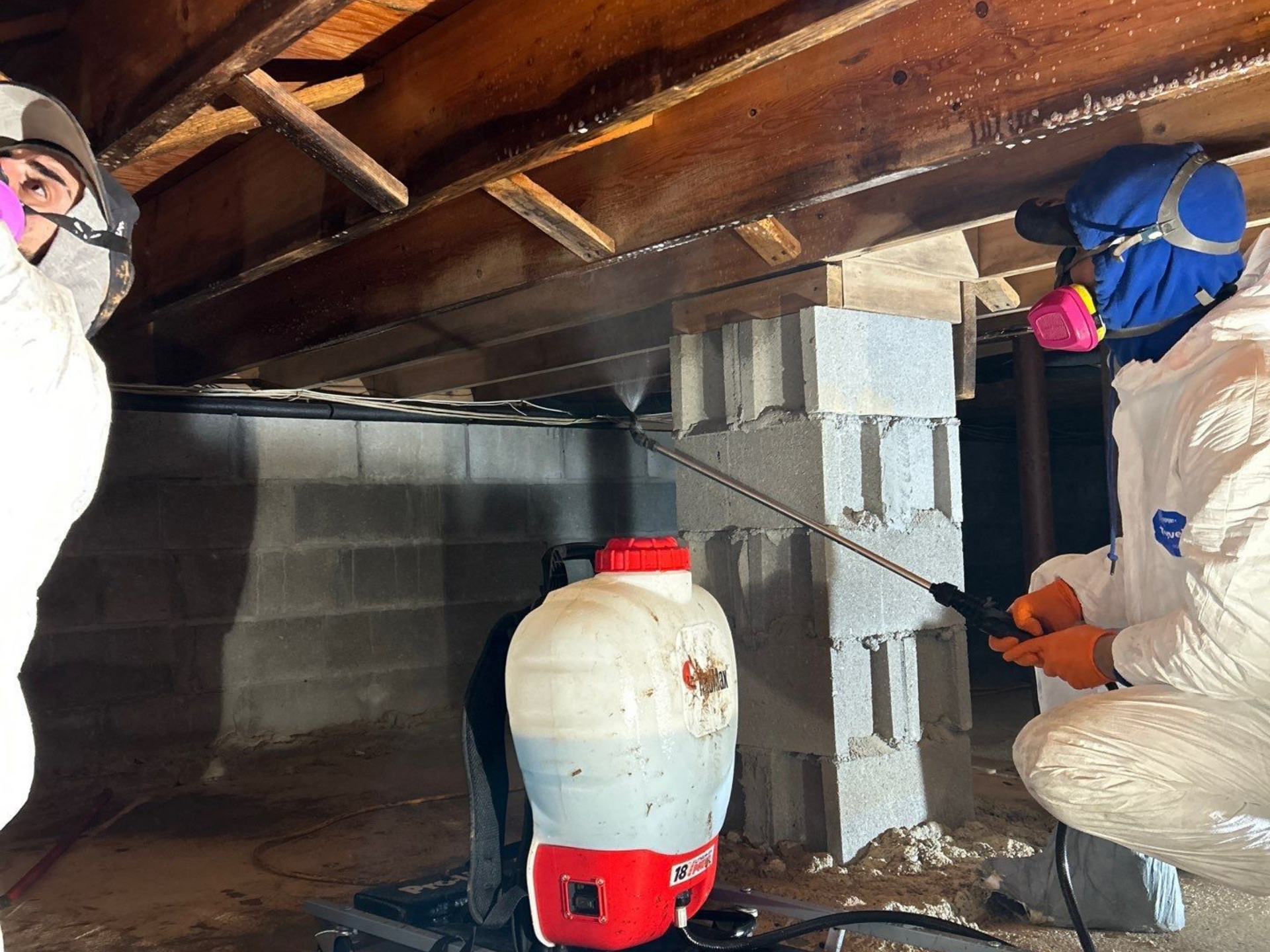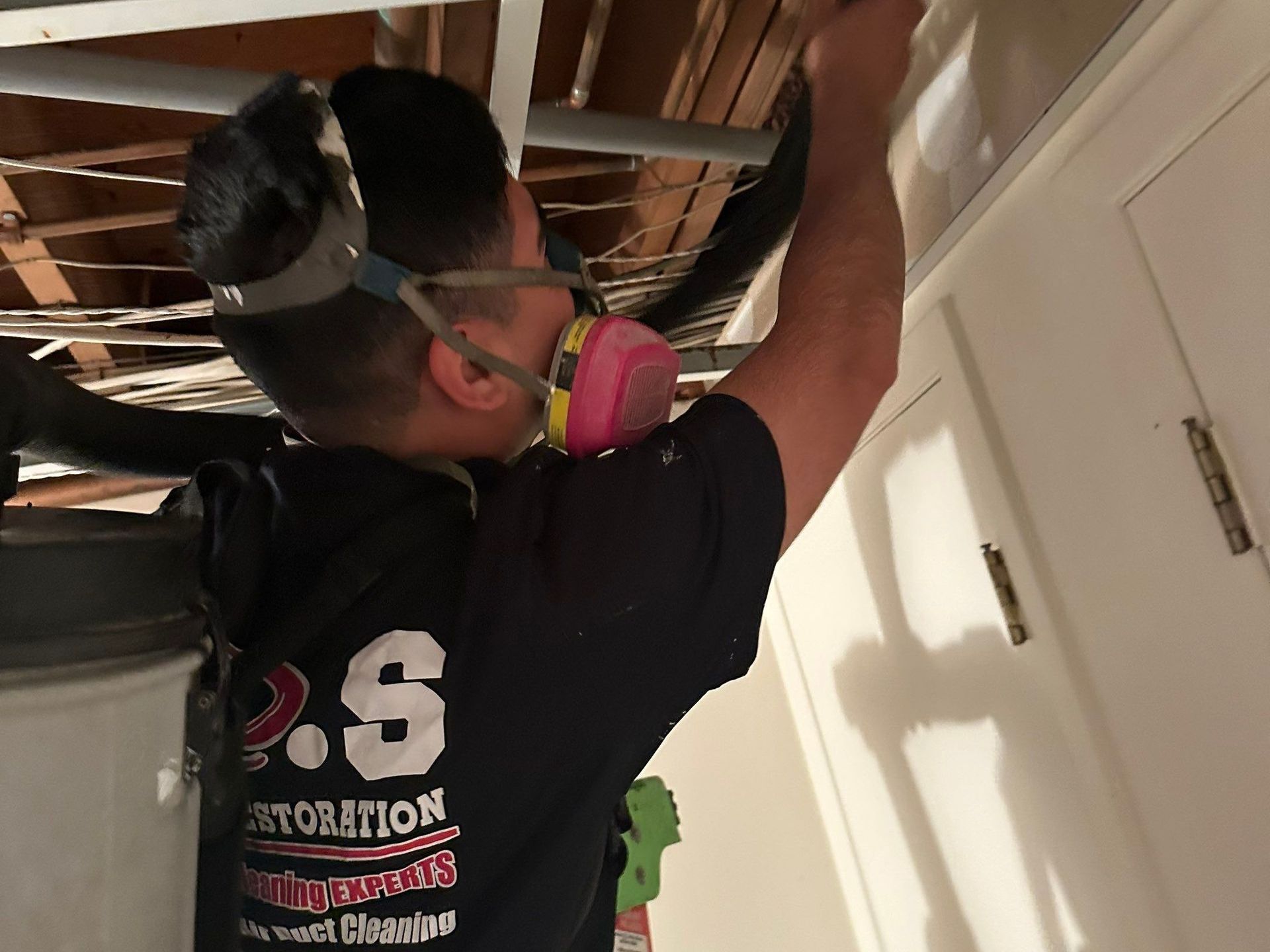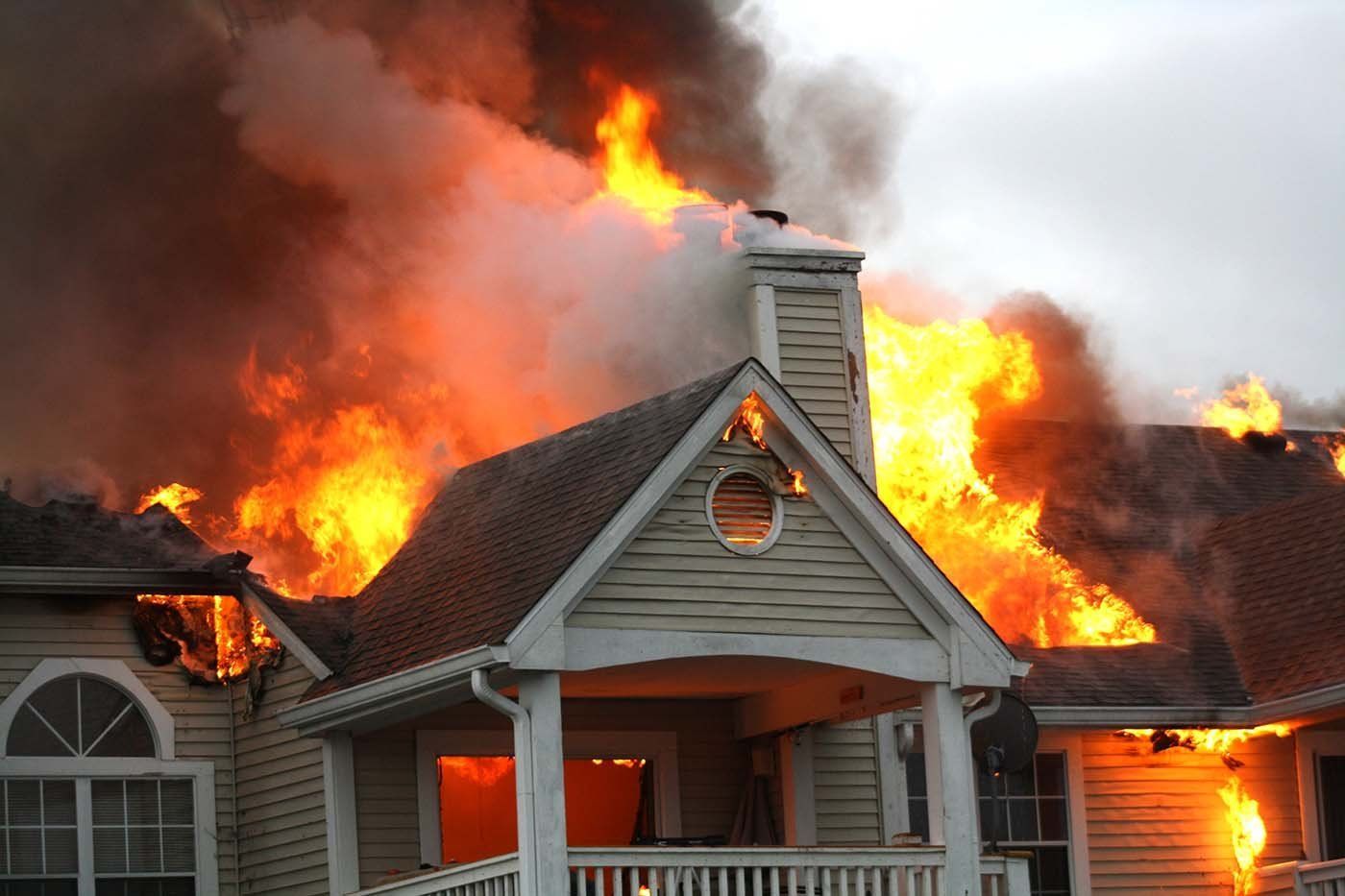Sag Harbor Home Hit With Water & Mold Damage After HVAC Leak
When Water Damage Turns into Mold: A Real Case from Sag Harbor, NY
It’s something no homeowner wants to deal with—a hidden leak, spreading quietly, until one day it becomes unavoidable.
That’s exactly what happened to a family in Sag Harbor, New York, who called K.O.S. Restoration after discovering water damage in their bedroom, bathroom, and kitchen. The culprit? A leak from their HVAC drain line that went unnoticed long enough to cause serious damage to floors, ceilings, and walls—and triggered the perfect environment for mold to grow.
We understand how overwhelming situations like this can be. One day, everything feels normal… and the next, you’re dealing with soaked building materials and visible mold growth creeping through your home.
Immediate Response: Drying & Dehumidification
When our IICRC-certified team arrived, we got right to work. Using professional-grade drying equipment, we stabilized humidity levels and extracted remaining moisture from the affected areas. Speed matters in these situations—our goal was to prevent any further mold growth and stop the damage from spreading.
We then used thermal imaging and moisture meters to identify hidden moisture within the walls and flooring—a critical step before starting any remediation process.
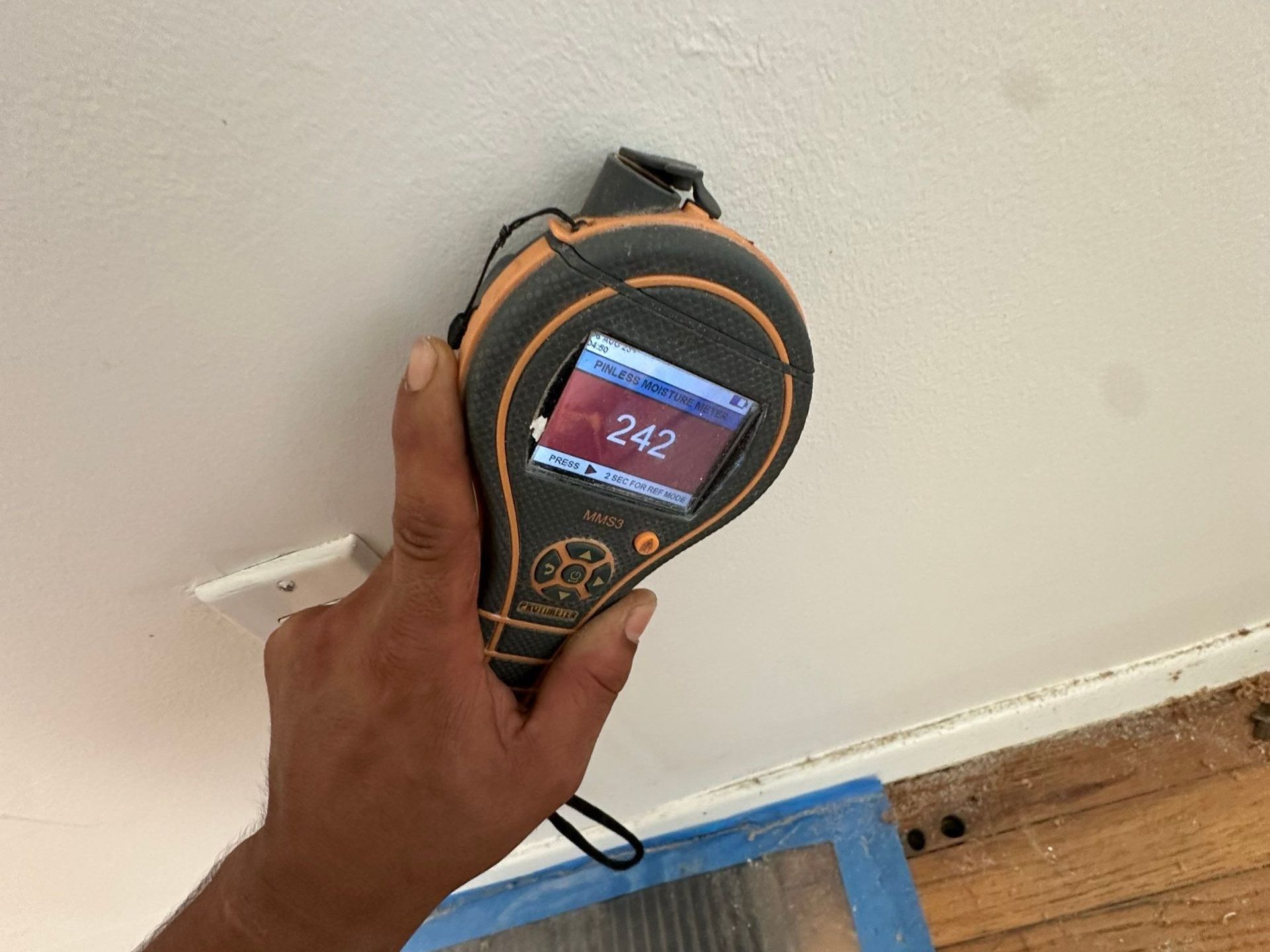
IICRC Mold Remediation Process
Once the home was dried out, our focus shifted to mold remediation. The mold had started spreading in moisture-prone areas, especially where materials like drywall and wood were exposed to high humidity.
Following IICRC standards, our team:
- Isolated and contained affected rooms using plastic sheeting and negative air machines
- Performed HEPA vacuuming to remove loose mold spores
- Sprayed a professional enzyme treatment on all contaminated surfaces
- Scrubbed and cleaned impacted materials thoroughly
We take pride in treating each project with the same level of detail as if it were our own home. Mold isn’t just a nuisance—it can impact your health, especially if you have allergies or asthma.
Final Step: Mold Encapsulation for Long-Term Protection
After remediation, we applied mold encapsulation coating to vulnerable areas such as exposed floor joists, framing, and subflooring. This protective layer creates a moisture-resistant barrier that helps prevent future mold growth—especially important in areas like attics, basements, and utility closets where airflow is often limited.
Encapsulation is peace of mind—it’s a final step that says, “We’ve taken care of it, and it won’t come back.”
Trusted by Sag Harbor and Suffolk County Homeowners Since 2006
We know how hard it is to deal with water and mold damage—it disrupts your life, your routine, your home. That’s why we’re here 24/7. With over 250+ five-star reviews, a 45-minute response time in Suffolk County, and full IICRC certification, you can trust us to make your home safe again.
Located in Bellport, we proudly serve Sag Harbor and all of Eastern Suffolk County, including East Hampton, Southampton, Bridgehampton, and Montauk.
FAQ: Sag Harbor Water Damage & Mold Restoration
How long does it take to dry a home after water damage?
Drying times vary but usually take 3–5 days depending on severity and materials. We use commercial-grade dehumidifiers and air movers to speed up the process..
What is mold encapsulation and do I need it?
Mold encapsulation is a protective coating applied after remediation to moisture-prone surfaces. It helps prevent mold from returning and is highly recommended in attics, basements, and crawlspaces.
Will my insurance cover water or mold damage?
It depends on the cause and your policy. We’re insurance claim experts and can help you navigate the process to ensure everything is documented correctly.
How soon should I call after discovering water damage?
Immediately. Mold can begin growing in as little as 24–48 hours after water exposure. The faster we respond, the more we can save.


